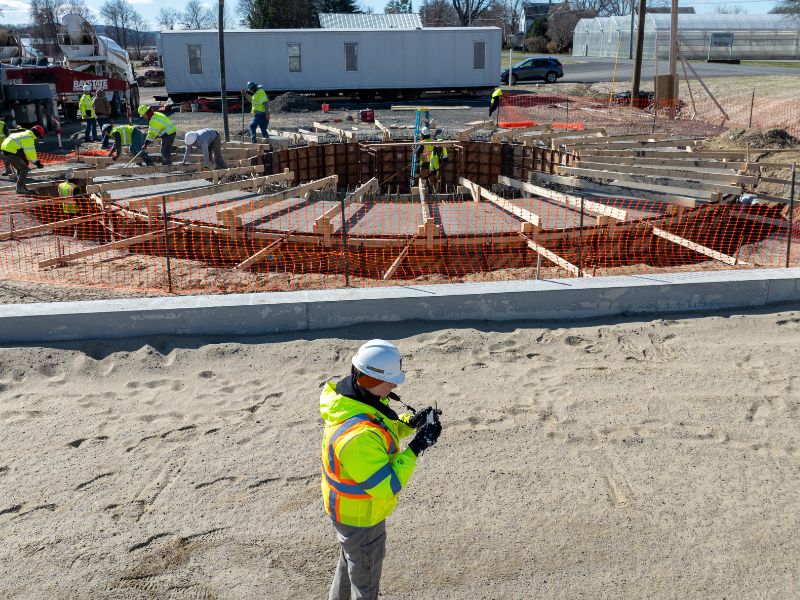
Pre-Flight Preparations: The Weather Check
Before you power up your drone, assessing the weather is crucial. Wind speeds can be the deciding factor between a successful flight and a postponed mission. High winds are a no-go; patience is not just a virtue but a necessity. This initial check is your first defense against unpredictable elements.
Choosing the Right Battlefield: Location Matters
Once you've green-lit the operation, selecting an open, spacious area for your flight is paramount. Locations fraught with tall obstacles, such as buildings or trees, are hotspots for turbulence, complicating control and increasing the risk of mishaps. An open area minimizes these risks and provides a safer space for practicing and honing your piloting skills under windy conditions.
Hands-On Control: The Art of Maneuvering
With the drone airborne, maintaining a steady grip and a calm demeanor is essential. Wind will test your reflexes and control, demanding small, precise inputs to counter its force. Lower altitudes are your ally here, offering a buffer against the more vigorous winds at higher elevations and ensuring a tighter reign over your drone.
The Counter-Intuitive Trick: Flying Into the Wind
It may seem odd, but flying into the wind can actually give your drone better stability. This technique, a favorite among experienced pilots, leverages the wind's force to help control the drone's movement and maintain its course. Incorporating zigzag patterns rather than straight lines can enhance stability and keep the drone on a steadier path.
Power Management: Keeping an Eye on Battery Life
Windy conditions mean your drone works harder, draining the battery faster than usual. Vigilant monitoring of battery levels is crucial to avoid unexpected power shortages mid-flight. Ensure a safe return and landing before your power reserves dip too low.
Tailoring Your Drone: Adjustment Settings
Modern drones come equipped with settings to adjust stability and responsiveness based on environmental conditions. Familiarizing yourself with these features can make a significant difference, allowing you to tailor your drone's performance better to combat the wind's fickleness.
Expect the Unexpected: Preparing for Sudden Gusts
Even with thorough preparation, wind remains unpredictable. Staying alert and ready to adapt to sudden changes is vital for maintaining control and ensuring the safety of your drone. Quick, decisive adjustments can mean a smooth flight and an untimely descent.
Conclusion: Embrace the Challenge
Flying a drone in windy conditions is not just about battling the elements; it's about embracing the challenge and learning from each flight. While the wind may test your skills and patience, approaching each session with preparation, caution, and adaptability will lead to greater confidence and proficiency in aerial navigation. Remember, safety is paramount, and with the proper techniques and mindset, you can turn even the breeziest days into opportunities for mastery.

